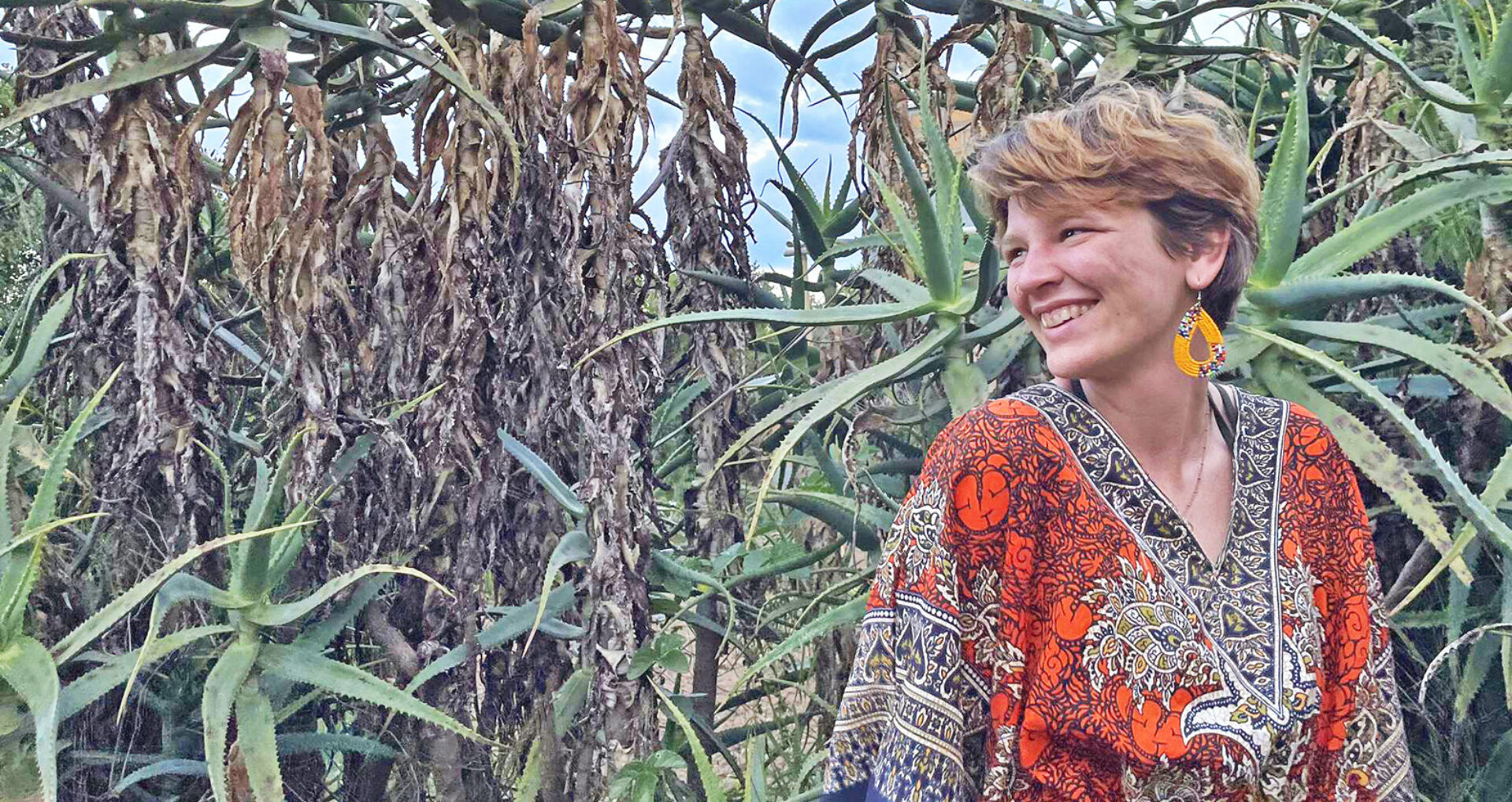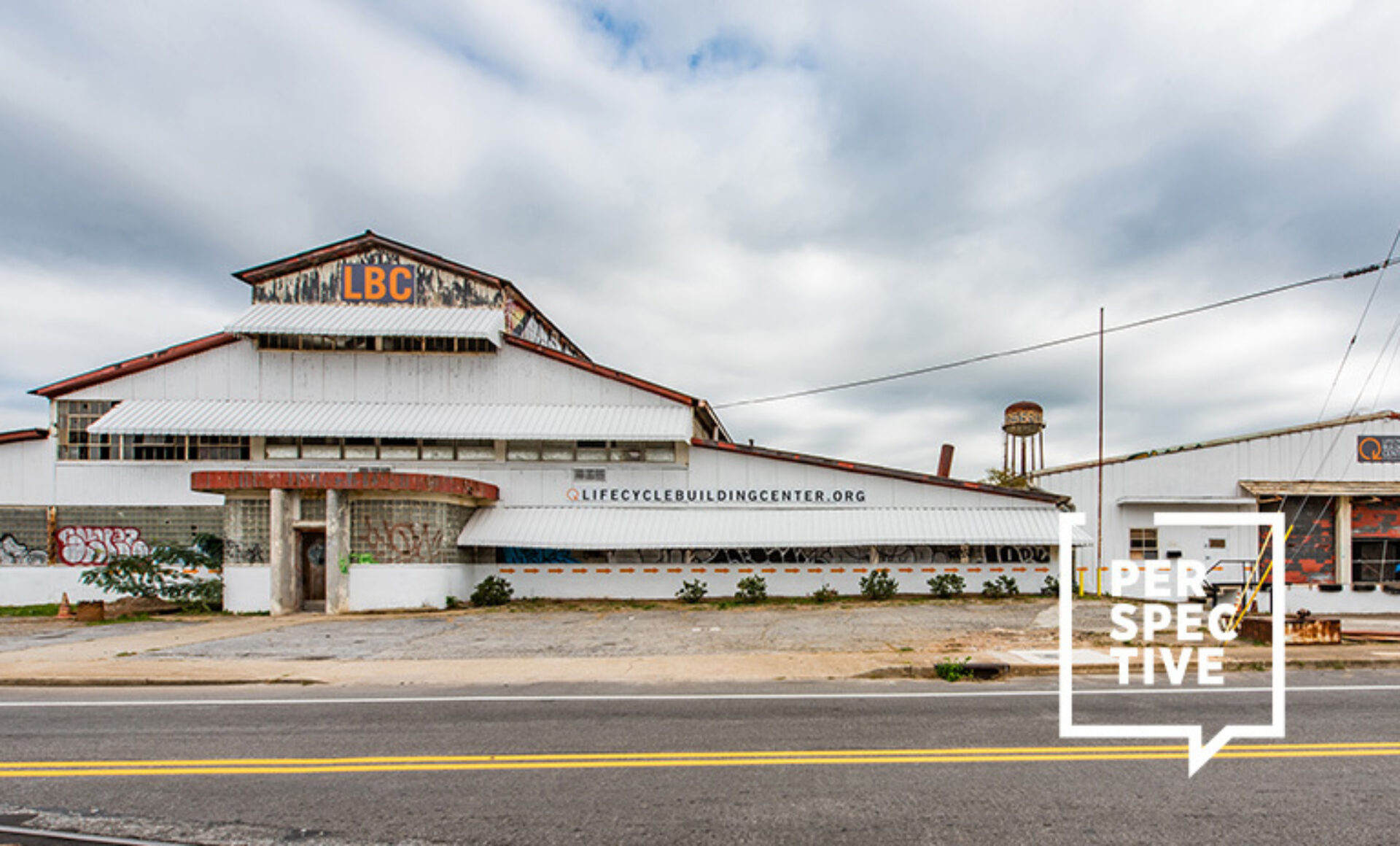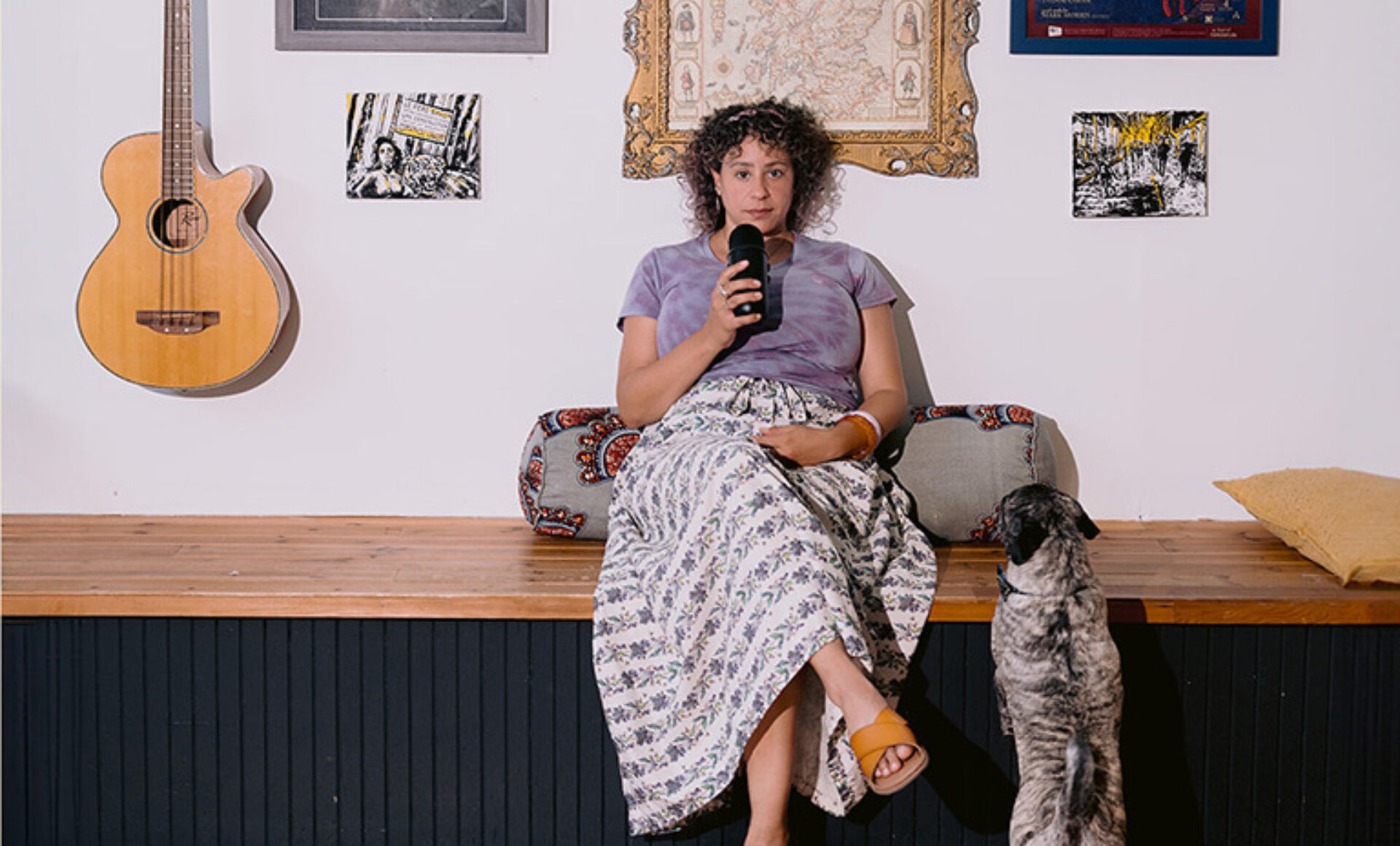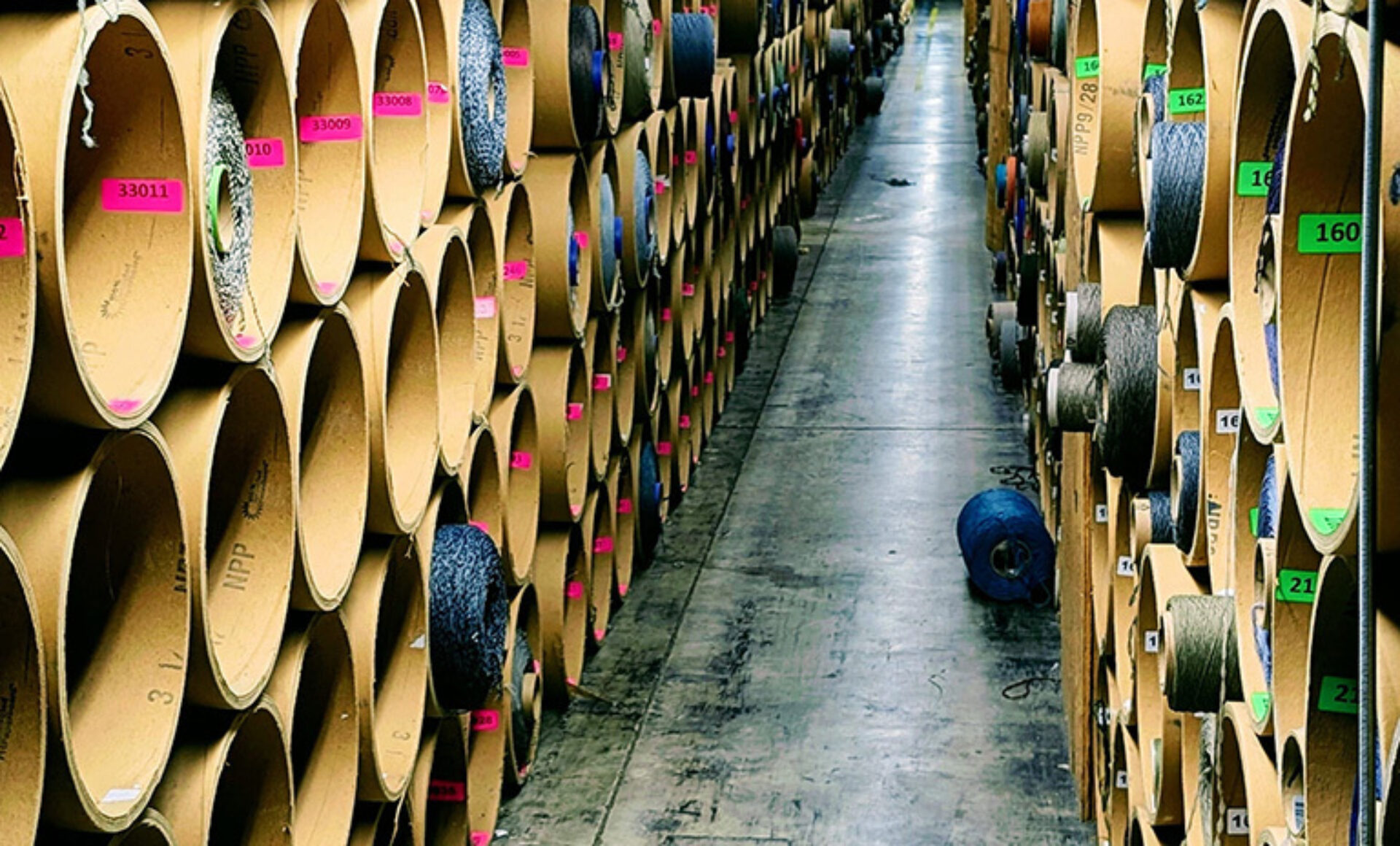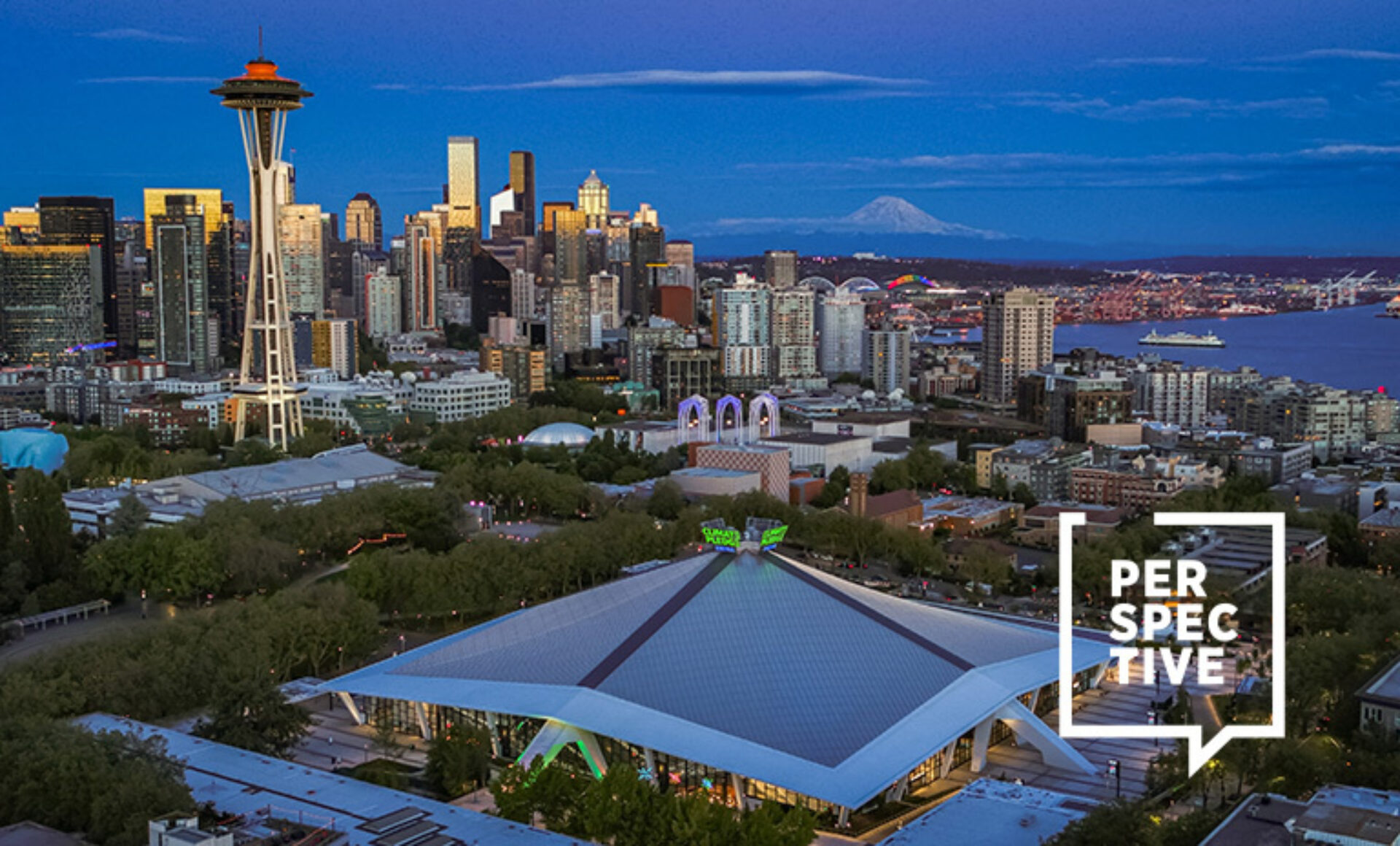Facing the new climate reality, sustainability is a driving force for a lot of young designers, and for IIDA student member Aubrey Schmidt it is no different. An incoming junior at the University of Wisconsin, Stevens Point (UWSP) she is pursuing a major in Interior Architecture and a minor in Sustainable Energy. UWSP is known for its natural resources program and work in alternative energy—in 2016 it became the first university in the state to achieve 100% renewable electricity use, joining only 30 universities and colleges in the country to achieve the milestone.
When the opportunity arose to participate in a study abroad program in Kenya that spanned both of her areas of academic interest, she jumped at the chance. The program, titled Sustainable Natural Resources and Community Development: Kenya, offered the chance to actively participate in supporting local communities through permaculture projects, installing rainwater catchment systems, building efficient cook stoves, learning about solar power systems, agroforestry projects, aquaponics system design, and hoop-house construction. The hands-on approach to working with and learning from residents and experts in the community was something that Schmidt was excited for.
We catch up with Aubrey after her return for her takeaways and lessons on why it’s important to have expansive exposure to different ways to think about design, community, and what it means to use your voice.
Can you tell us a little bit about the program, and what you did in each location?
For the first week we stayed at the Dryland Natural Resources Centre (DNRC) whose mission is “to promote sustainable development of resources of the drylands regions of Kenya in order to bring about improved livelihoods of the people living there.” The main focus of this stay was learning about the permaculture program that equips farmers to grow woodlots in their fields that serve multiple purposes and is self-sustaining. It prevents water from running off the site, increasing soil health which increases the crop and garden yield; fallen branches can be collected and used for sustainable charcoal harvesting; and you’re also providing a habitat for helpful birds and insects. They are also starting a seed hub!

We worked on installing a cistern for a rainwater containment system. Every year the farmers vote on who has the best wood lot that year, and that person receives a cistern from DNRC. Part of our tuition for the program goes towards paying for the cistern that we install which is really cool!
Next up we visited Bio Gardening Innovations (BIOGI) which was less rural and closer to a market with smaller lot sizes where the focus was enabling the community to grow kitchen gardens. The host has spent about 30 years studying compost soil additives, and the program was based around the idea that you need to share your ideas in order to learn—it’s really a hub for everybody to come together and share what they’ve learned.
(Below: Visiting a communal kitchen garden that provides fresh produce and an education space for school children at Ol Jogi Conservancy with the Laikipia Permaculture Center. Image courtesy of Aubrey Schmidt)

The shortest visit we had was spending the day at Gibson’s Coffee Farm where we picked coffee and saw the process of how the beans are cleaned and fermented. We saw just how many resources actually go into making coffee and that was shocking to me. Especially how much water was used while being in such dry areas. It’s a protected resource so it got me really thinking about circular waste, and how that water can be captured and reused.
Our final design project was with Laikipia Permaculture Centre, where we worked with a community and their shared 50-acre property to come up with design concepts for providing a site that can be used as a gathering space and for education on diversifying sources of income, becoming self-sustaining, growing their own food, and building water catchment systems.
What’s the biggest thing that you learned?
I think the biggest thing is that in America we focus so much on the individual that we lose sight of how important community is. And the community there, especially in rural areas, is so, so strong, you'd have to go there in order to fully understand and experience it. The way they laugh together, the way they dance together, the way they prepare food together, the way they build together. And the way they give without really expecting anything in return, because that community relationship is so beneficial to everybody, and they recognize that they are stronger together. That was such an incredible thing to experience.

I learned that change happens when you connect with others. Sustainable living is not just about an individual choice that you make. It's understanding and appreciating the idea of the collective. The most influential changes were started by grassroots, community organizers with one person speaking up and saying, “Hey, do you want to do this?” The effect of incorporating so many people, and their ideas, perspectives, and knowledge creates something that nobody could have ever done alone. And I think that's something that I want to bring back here, the idea that it's not just me. It's not. It's not just me that's making change. It's all of these people that I'm interacting with and how all of us move forward together. I think that's really where the power to change lies.
Why do you think it’s important to learn about sustainability as a designer?
For so long we've separated the built environment and the natural environment when really they're both ecosystems. So we’re taking away that wall between what is built and what is natural, and having an understanding of the environment as a whole.
I've been thinking about designing not only for assembly, but also disassembly. One of the most sustainable things you can do is to use salvaged materials, but the difficulty with that lies in making those materials usable again. Can we design in a way where applied materials can be removed and reused without too much reprocessing? I’ve learned that nature doesn’t waste—waste is merely a gap in the system and if we can find ways to close the gap in a way to make it more easy or accessible to reuse or recycle carpet for instance, there is no more waste.

An example of this circular waste modality would be composting toilets. You use the toilet to dispose of human waste, and you dump in waste products from wood carving and the charcoal production, wood chips and ash, to create fertilizer. Or utilizing banana circles for wastewater, redirecting it towards a circle of plants with the most water intensive plants first, like a banana tree in the middle surrounded by less water intensive plants maintaining a closed system.I hope to build a bridge between the interior architecture community and also the natural resources community because there's actually a lot of overlap.
How did you come to be an IIDA member?
I joined IIDA as a freshman and saw it as an opportunity to learn more about our profession, like actively communicating with professionals who are already in the field. And gosh! I got really involved from the start. I signed up to be the student advocacy liaison for my school, and it's a lot of work. I learned the importance of being in the room and using your own voice. I didn’t think that my voice would be valuable because I’m so young, but I learned that my own perspective and experiences have value as well.
You get a deeper understanding of what it means to be a designer to you. You see examples of professionals in the field and you start to understand where you want to go and how you want to use your ideas and your voice. And I think that's a really valuable thing to have when you're a young designer and to have that direction moving forward. It's certainly helped me find my voice.

